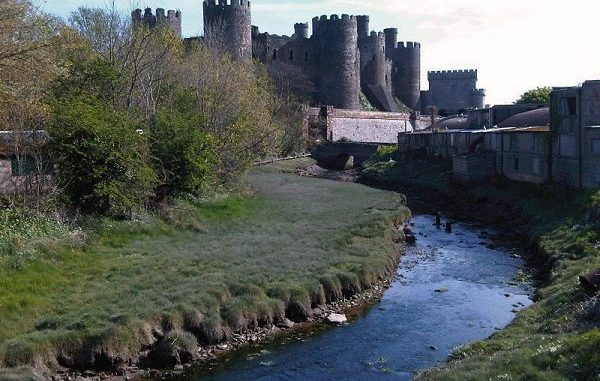
I’d seen Conwy Castle a few times from the A55 before I first visited: it’s something you can’t really miss when you’re driving through North Wales, looming over the landscape in the 21st century just as it did in the 13th. It took me far too long to stop off in Conwy to get a closer look at this World Heritage Listed Site .
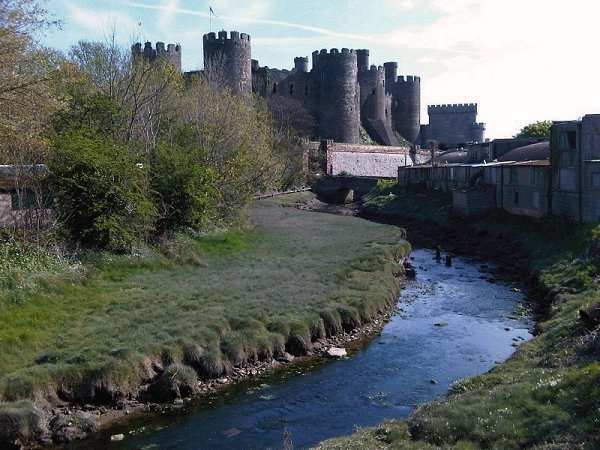
Like many castles in the UK, Conwy was built out of conflict. In the 13th century, King Edward I, the son of Henry III, conquered the principality of Llywelyn ap Gruffydd and built a series of castles to establish English power over his new territory and a population who had strongly resisted (and would continue to resist) occupation.
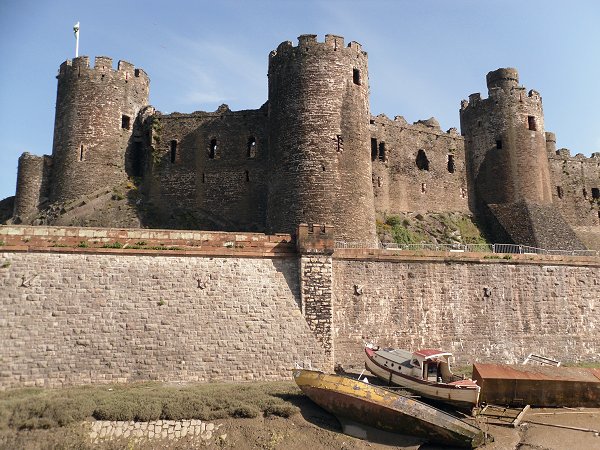
Conwy was one of those castles, built on a rocky outcrop between 1283 and 1287 displacing an earlier monastic community. Conwy has survived relatively intact, and a 21st century visitor can get a real sense of the scale and military muscle of a medieval fortress standing on Conwy’s massive curtain walls.
By the end of the 15th century the need for castles like Conwy seemed to be waning and Conwy fell into decline, but the castle was re-garrisoned in the 17th century as it, along with many other medieval fortresses, was swept up in the turbulence of the English Civil War.
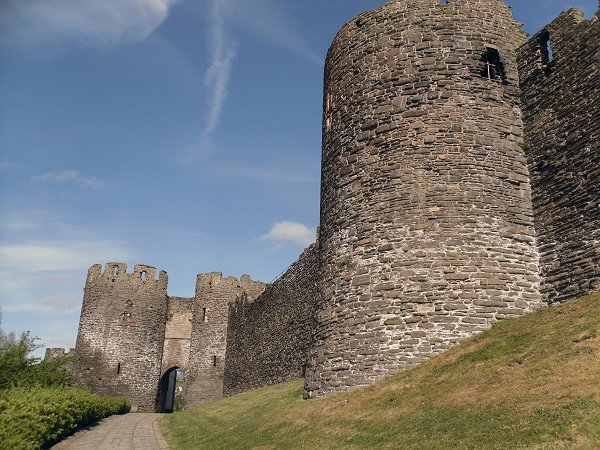
The castle was in Royalist hands but in 1646 it was besieged for three months by Parliamentary (Roundhead) forces led by General Thomas Mytton. Following the Restoration of the Monarchy in 1660, the castle again fell into disrepair. It is now looked after by Cadw, the Welsh government’s historic environment service.
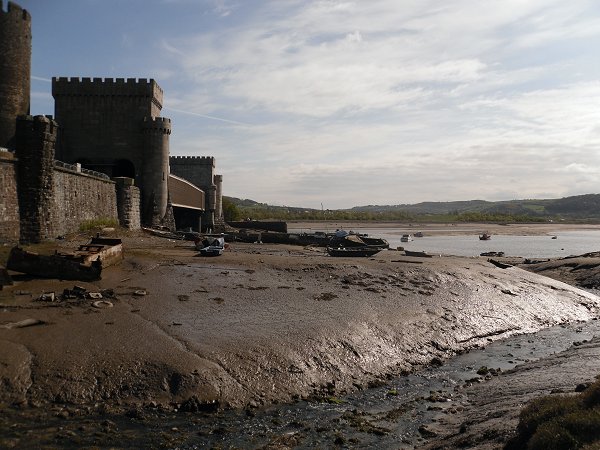
Conwy – castle and town – is well worth a visit. As always with historic sites, good footwear is important and some areas are not accessible if you have mobility issues.

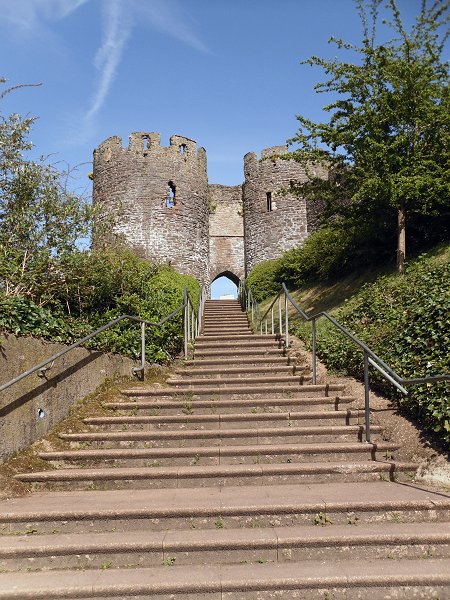
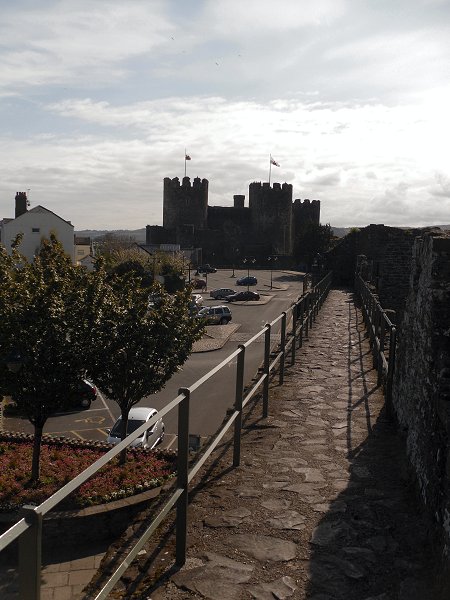
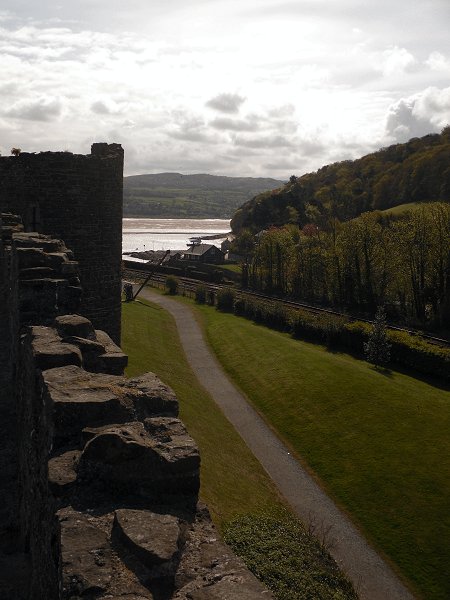
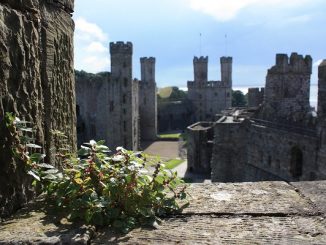
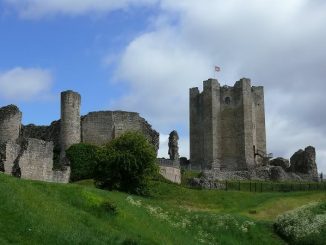
1 Trackback / Pingback